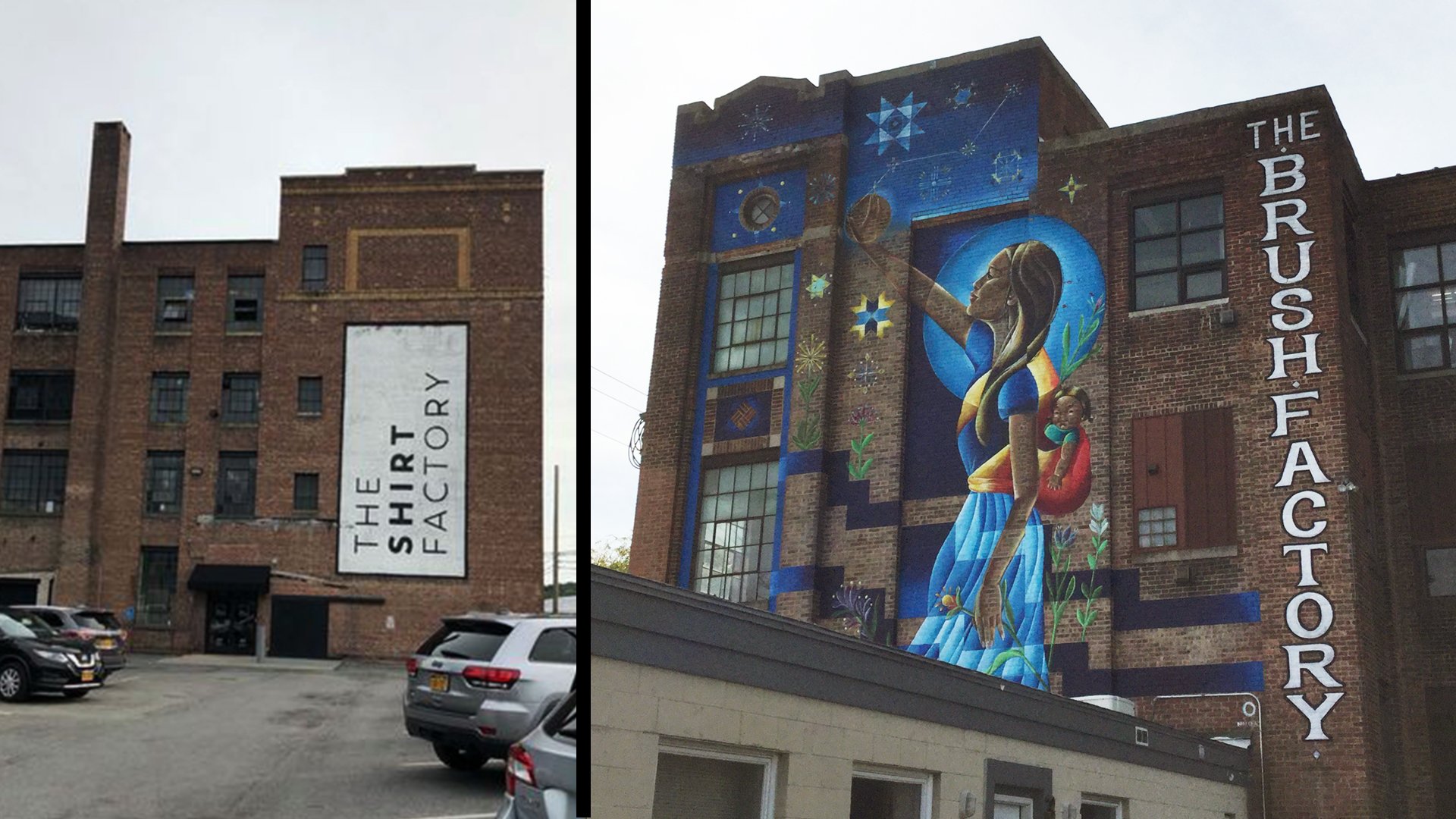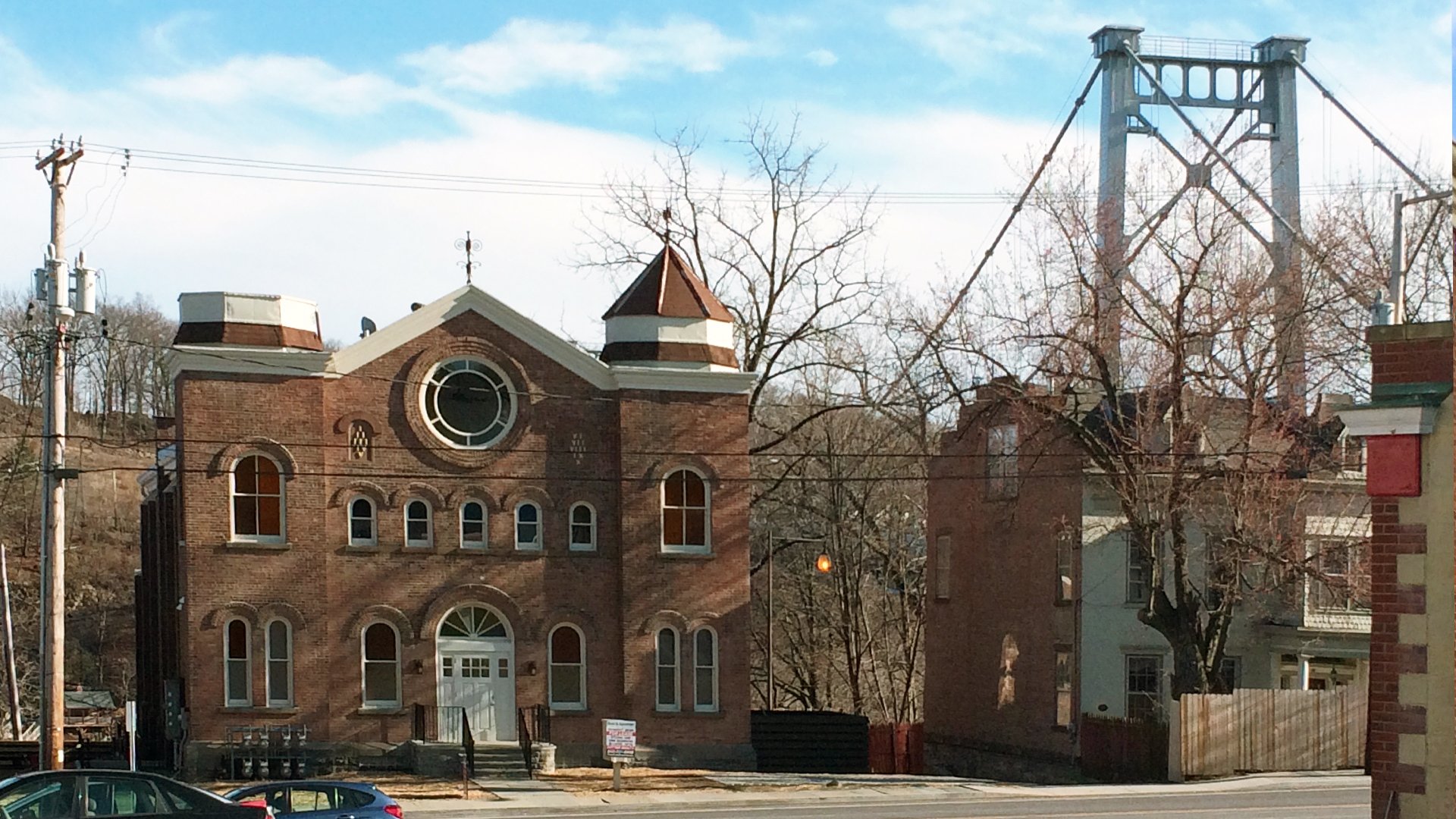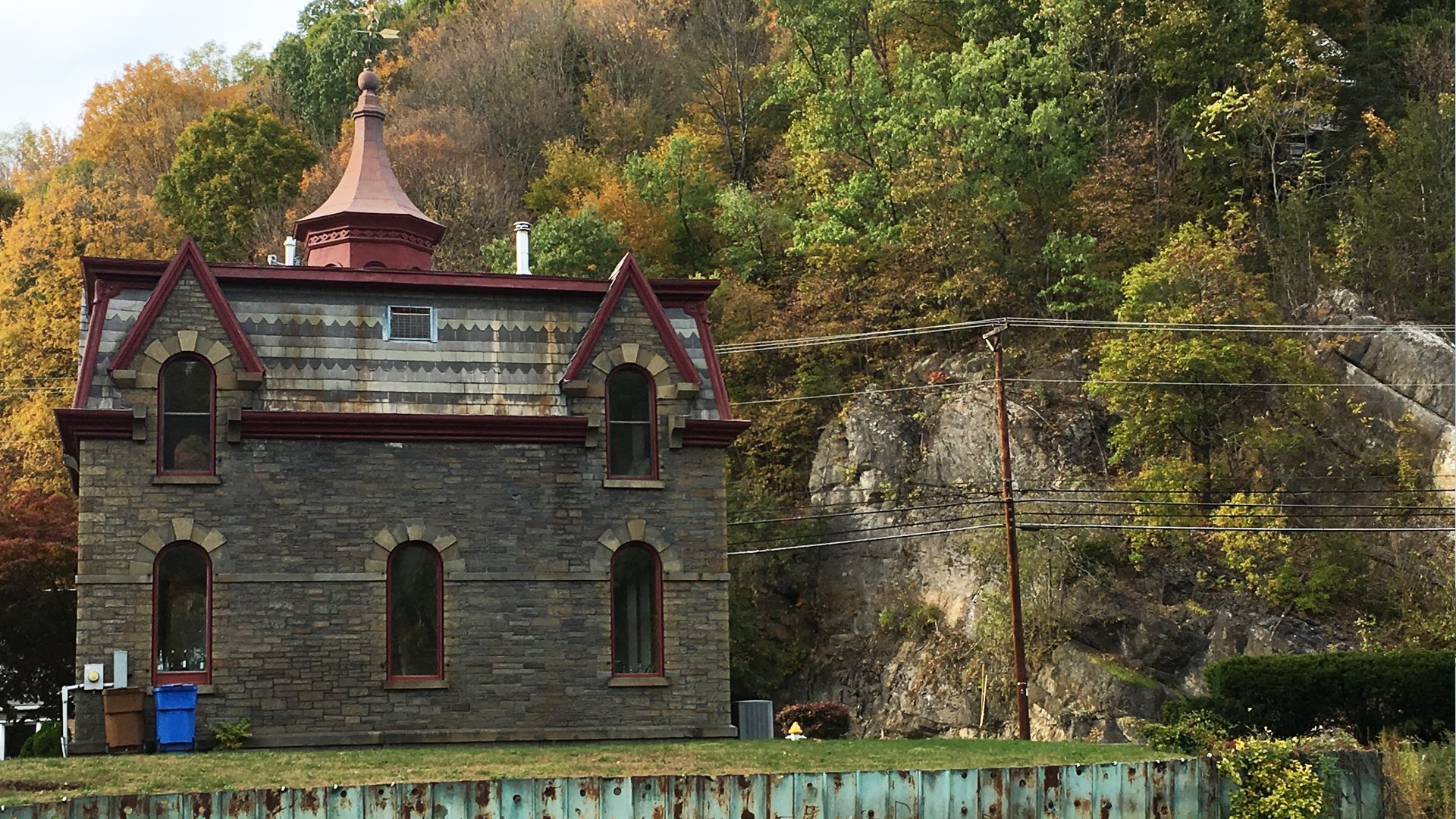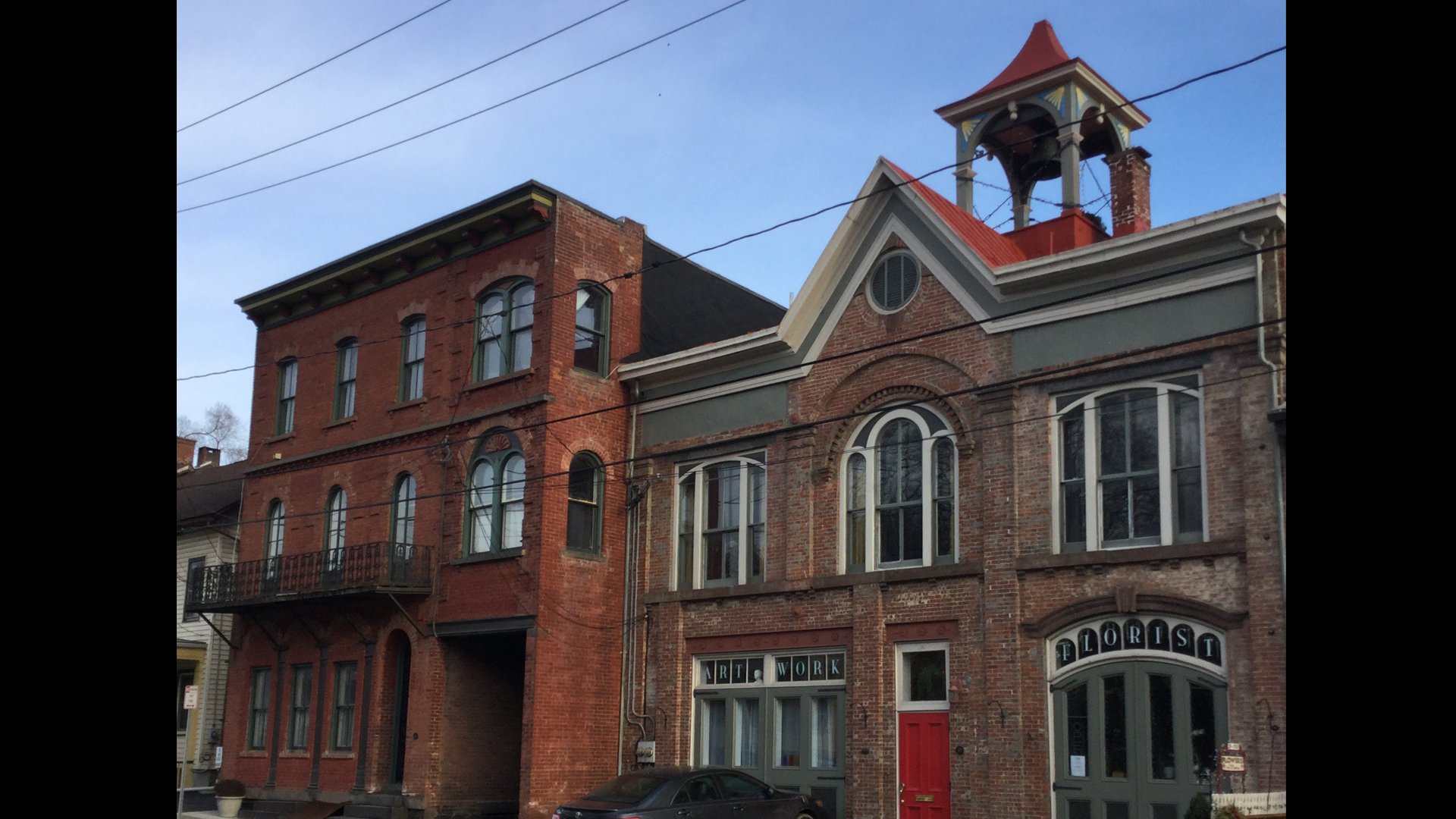KINGSTON’S BUILT HISTORY
The Wurts Street bridge is part of Kingston's architectural heritage and is an icon of the Rondout waterfront. It's deterioration over many decades is emblematic of the daunting issues of old structures. Do you repair them, or tear them down? Kingston has plenty of tragic stories of neglect and loss, such as the destruction of Urban Renewal and the tearing down of the magnificent Post Office - events that have damaged the city's pride, depressed growth and ruptured neighborhoods.
There have also been wonderful successes. We celebrate the spirit and vision individuals have shown by stepping up and reclaiming Kingston's built inheritance. We are not alone in finding the bridge an intriguing story. There was a groundswell of activism to support saving the bridge and an increased awareness that our built history is in jeopardy.
We widen our lens to take in the wealth of Kingston's architecture... pre-Revolutionary War Dutch stone houses, Victorian mansions, massive factories, giant brick making and ship building structures. There are also modest homes that tell the story of immigrant families struggling to make a living in these factories and shipyards.
Because the colonization of the area by Europeans goes back centuries, Kingston has a long, complicated history of workers, including enslaved people owned by the Dutch -- talented laborers who built much of early Kingston.
One example is the old Lace Mill renovation, spearheaded by Kevin O'Connor of Rupco, a developer of affordable housing. He envisioned the massive old factory as affordable live-work spaces for artists. Along with the Shirt Factory and the Brush Factory, also repurposed as artist spaces, these buildings have become an important part of Kingston's vibrant midtown arts district. Meanwhile, at the intersection of the Rondout Creek and the Hudson river, the Old Hutton Brickyards, repurposed as luxury event spaces, are graced with mammoth old steel brick drying structures -- startling sculptures of a past era. These old factories and work places hold the stories of the workers who toiled away all those years ago. We are aligning ourselves with archivists, historians and researchers to help tell their stories.
How do the choices to respect and repurpose these structures impact the future of our city? How do these projects effect quality of life, contribute to vibrant neighborhoods and build economic health? These buildings are home - they are where the citizens live, work, create and play... They are the structures that inspire us, welcome us and keep us curious about what came before. They ask us to consider where we're going and how we define ourselves through our built environment.
GALLERY












